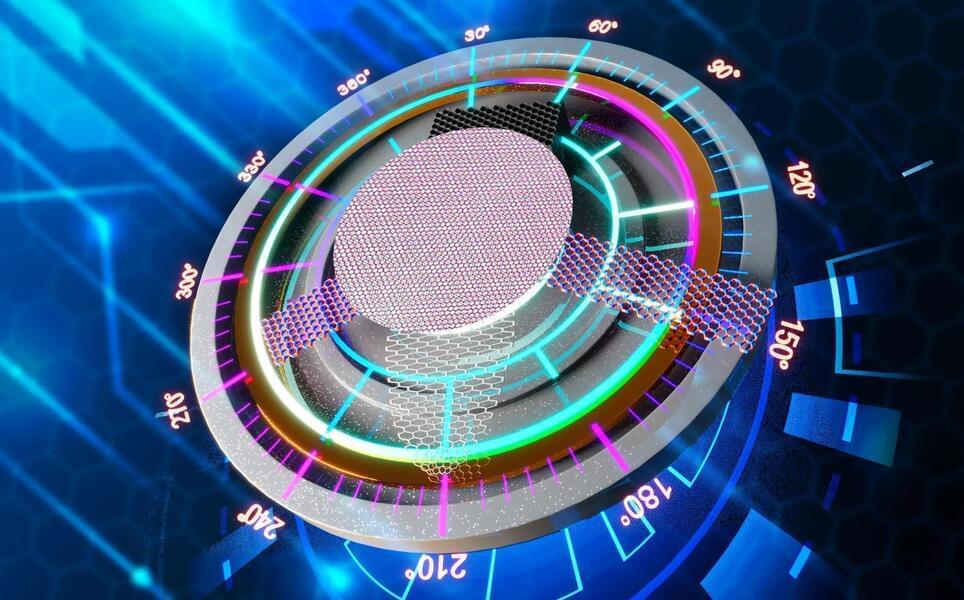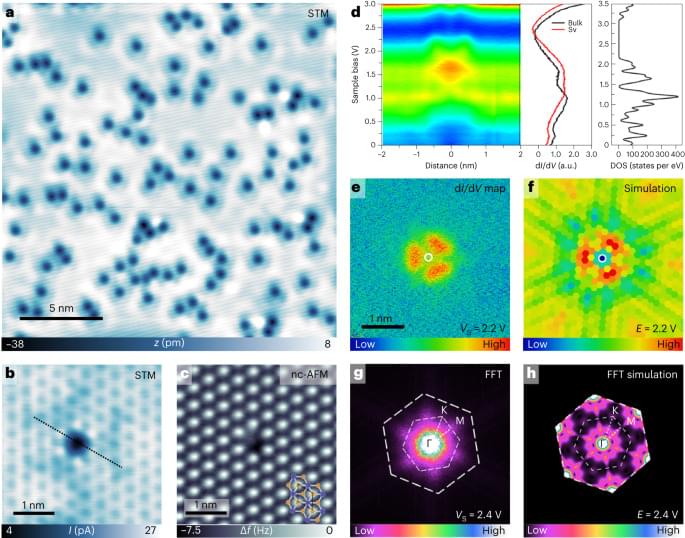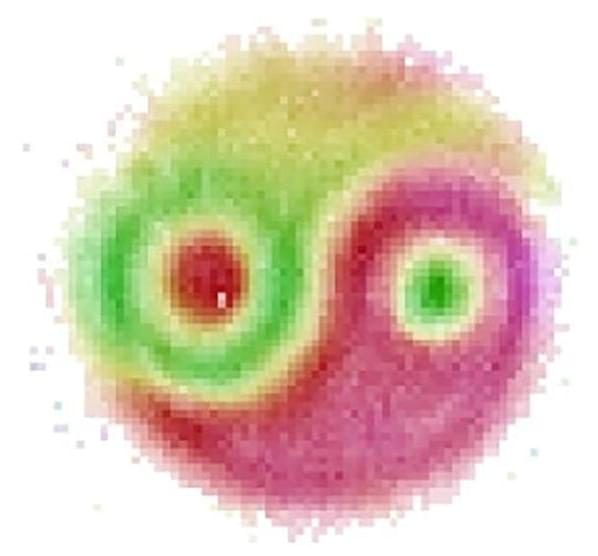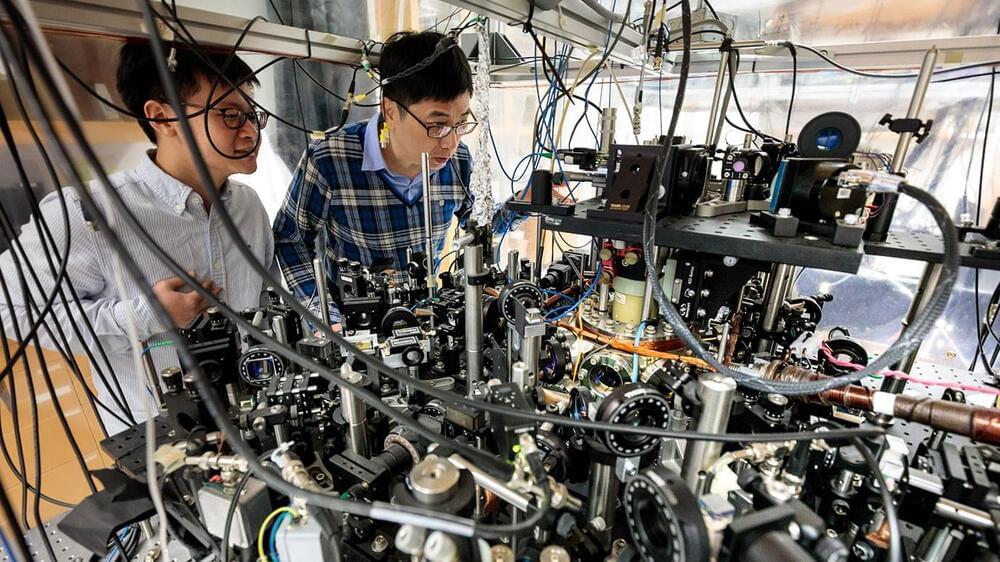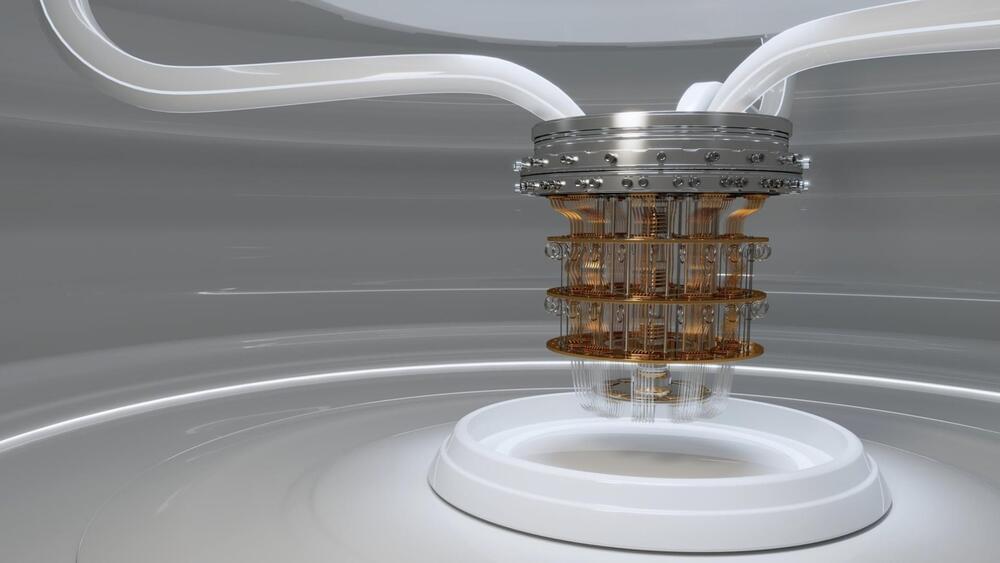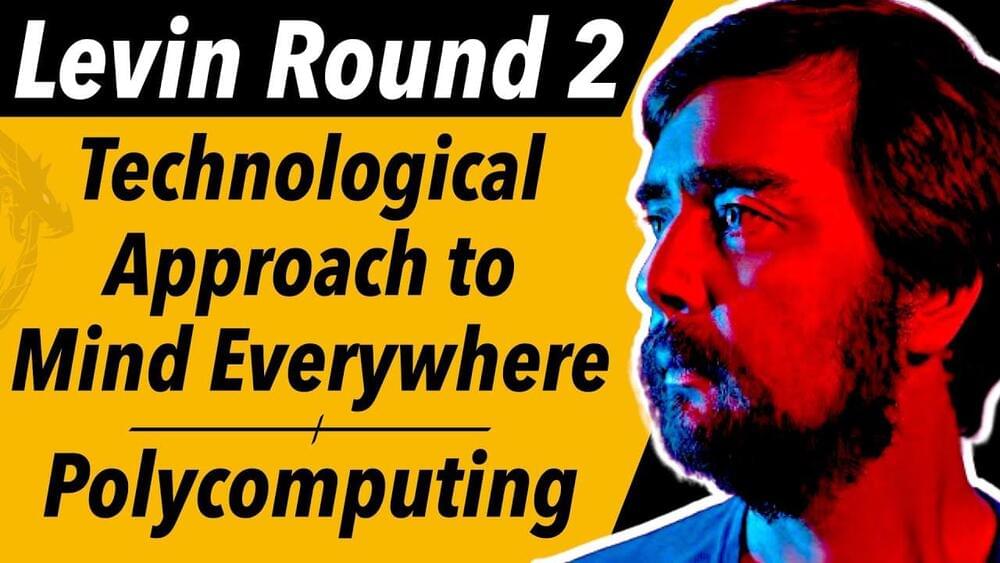Sep 4, 2023
Physicists observe enigmatic ‘Alice Rings’ for the first time
Posted by Gemechu Taye in categories: particle physics, quantum physics
For the first time, physicists from Finland and the United States have observed a special kind of magnetic monopole called an “Alice Ring.”
A team of researchers from the United States and Finland have observed enigmatic “Alice Rings” in super cold gas for the first time. A strange kind of circular magnetic monopoles, “Alice Rings” are a kind of quantum phenomenon that has, until now, only existed in theory. Various forces and particles can arise from the quantum machinery, theoretically including monopoles.
Continue reading “Physicists observe enigmatic ‘Alice Rings’ for the first time” »


